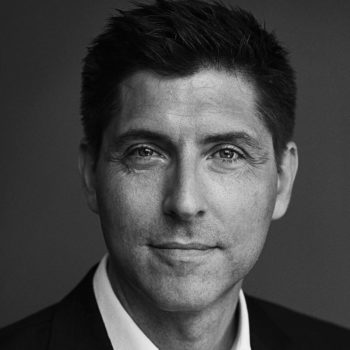Most applicants seeking patent protection do not wish to limit themselves to obtaining a patent in just one country or region. It is therefore necessary to be aware of the practice not just in your own country or region, but also in other countries around the world. Even though many of the overall principles behind the patent laws around the world are the same, they can be implemented very differently.
A prominent example is added matter. The principle behind it is simple: the applicant should not be allowed to patent something that was not already disclosed to the public when the application was filed. However, the European Patent Office (EPO) is notoriously strict in applying this principle. When the EPO makes the assessment of whether subject-matter has been added to the original application, it uses the so-called “Gold standard” of direct and unambiguous disclosure.
This standard is much stricter than the standard applied at the US Patent and Trademark Office (USPTO). American applicants at the EPO can therefore be caught by surprise when amending their patent claims. One example of this is recent decision T 1362/15.
In this decision, a board of appeal of the EPO found added matter in claim 10. Claim 10 combined the features of the original claims 13, 14, 15, and 17. However, the problem was that the claims were drafted with a claim dependency where claims 14 and 15 depended from claim 13, and claim 17 depended from claim 15. This would, even under the EPO approach, without a doubt have been considered a direct and unambiguous disclosure of the combination of features from claims 13 and 14 on the one hand and the combination of features from claims 13, 15, and 17 on the other hand. But not, regrettably for the applicant, of the combination of all the features of claims 13, 14, 15, and 17.
This approach may be considered harsh, but it is one that applicants need to be prepared for. Ironically, the claim dependency of the original application was drafted in what might be called “US style” in that American practitioners tend not to draft claims with multiple dependencies (which results in higher fees at the USPTO), whereas European practitioners tend to draft dependent claims as depending from “any one of the preceding claims” (which does not result in higher fees at the EPO). Had the original claims in T 1362/15 been drafted in the “European style”, they would have complied with the strict EPO criterion.
The point here is that when we draft patent applications, we need to be aware of practice not only in our own jurisdiction, but also of practice in other jurisdictions where we may eventually file our application. Added matter is the most prominent example of when US applicants may be caught by surprise, but not the only one (priority, which was covered in this article, is another one).
It is of course not one-way traffic. European applicants often find that inventions already granted in Europe are found obvious at the USPTO by combining a high number of prior art documents (which is not done at the EPO). Another example is patent applications for inventions in the field of diagnostics. Patenting of these inventions in the US is tricky, to say the least. The advantage for Europeans, though, is that these problems do not necessarily have to be addressed already at the time of filing the original application.
